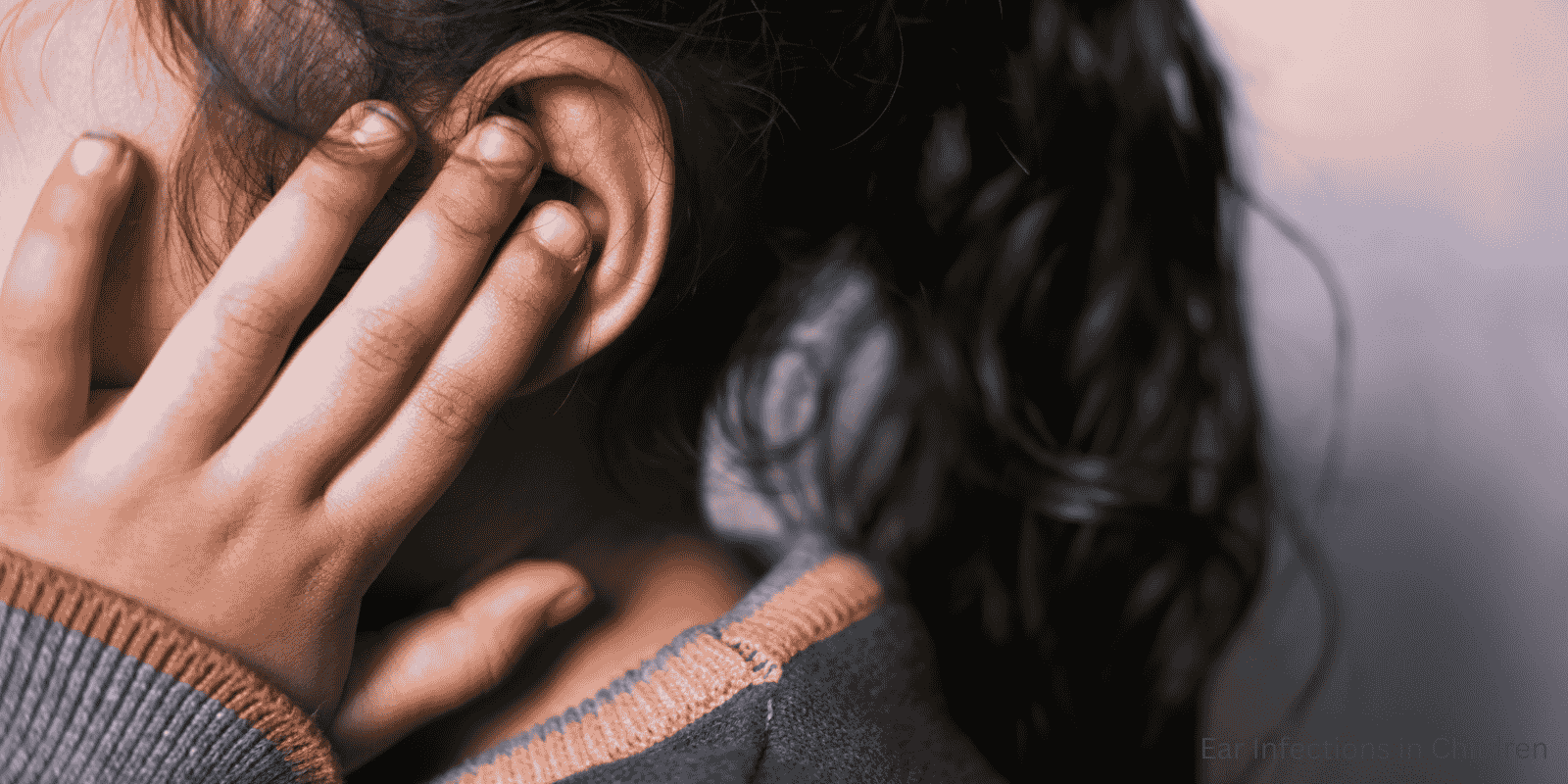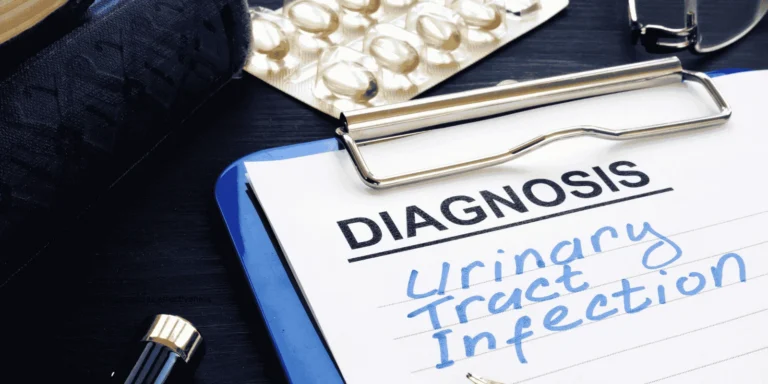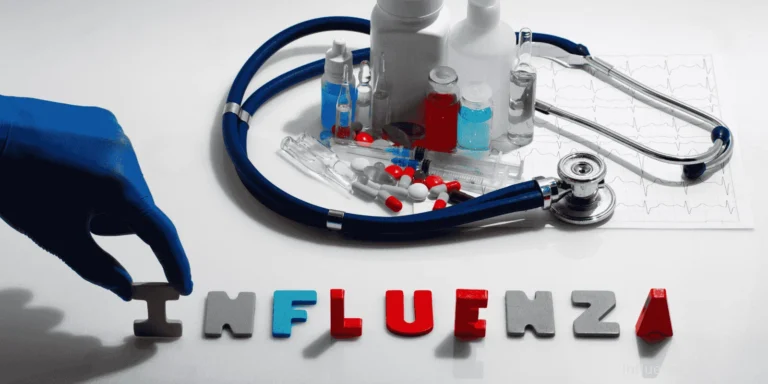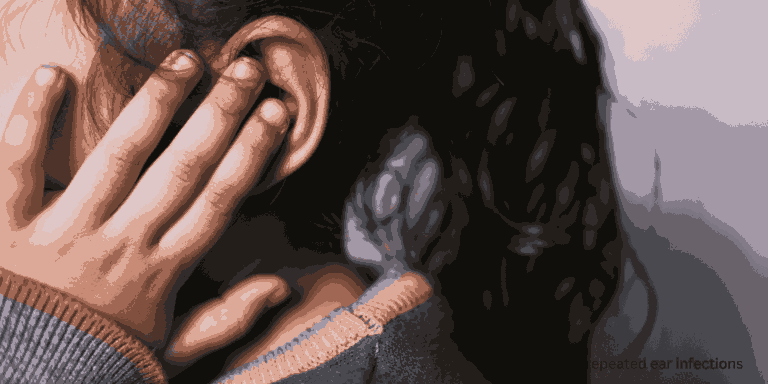Three AM. Your toddler is screaming, pulling at their ear, and running a fever. Sound familiar? I’ve gotten countless calls just like this during my 30 years of practice.
Ear infections are very common in children — about 80% of kids will have at least one before their third birthday. But knowing when to call your doctor versus when to wait it out can save you unnecessary worry and emergency room visits.
Why Kids Get More Ear Infections
Children’s ear anatomy works against them. Their eustachian tubes (the tiny passages connecting the middle ear to the throat) are shorter and more horizontal than adults’. This makes it easier for bacteria to travel up and get trapped.
Plus, kids catch colds constantly, and those upper respiratory infections often lead to ear problems.
Clear Signs It’s Time to Call
High fever is my biggest red flag. If your child has a temperature over 102°F along with ear pain, don’t wait. This combination often means a bacterial infection that needs antibiotic treatment.
Severe, persistent pain that doesn’t respond to children’s acetaminophen or ibuprofen within a few hours warrants treatment. I’m talking about the kind of pain that keeps your child awake despite pain medication.
Fluid draining from the ear — especially if it’s yellow, green, or bloody — means the eardrum may have ruptured. This sounds scary, but it often relieves pressure and pain. Still, you need medical evaluation.
Age-Specific Guidelines
Under 6 months: Any fever with ear-tugging behavior needs immediate attention. Their immune systems can’t handle infections the way older children can.
6 months to 2 years: Get treatment if symptoms last more than 48 hours or if your child seems unusually irritable and won’t eat or sleep.
Over 2 years: You can often wait 2-3 days if symptoms are mild and your child is otherwise acting normally.
Warning Signs That Mean “Get Treatment Now”
Some symptoms never warrant the “wait and see” approach:
- Stiff neck along with ear pain and fever
- Dizziness or balance problems
- Facial weakness on the affected side
- Severe headache with ear pain
- Signs of dehydration (no tears when crying, dry mouth)
When Watching and Waiting Works
Not every ear pain needs immediate treatment. If your child has:
- Mild ear discomfort without fever
- Recent cold symptoms with slight ear pain
- Normal eating, sleeping, and play behavior
You can safely monitor for 24-48 hours while using appropriate pain relief.
The “Tug Test” Reality Check
Here’s something many parents don’t realize — ear tugging isn’t always an ear infection. Teething babies pull their ears constantly. The key is looking at the whole picture: fever, behavior changes, and eating patterns.
Treatment Expectations
Many ear infections are viral and resolve on their own. Even bacterial infections sometimes clear up without antibiotics. Current medical guidelines often recommend a “watchful waiting” approach for mild cases in children over 6 months.
When antibiotics are prescribed, you should see improvement within 48-72 hours. If symptoms worsen or don’t improve after three days of treatment, call back.
Prevention Tips That Actually Work
- Keep up with vaccinations (pneumococcal and flu vaccines reduce ear infection risk)
- Avoid secondhand smoke exposure
- Breastfeed if possible during the first year
- Don’t prop bottles during feeding
Trust Your Parental Instincts
I always tell parents: you know your child best. If something feels wrong beyond typical fussiness, trust that feeling. A quick call to your pediatrician can provide peace of mind and guidance.
Most ear infections, while miserable for everyone involved, resolve without complications when properly managed. The key is knowing when to act quickly and when it’s safe to give your child’s immune system time to work.













